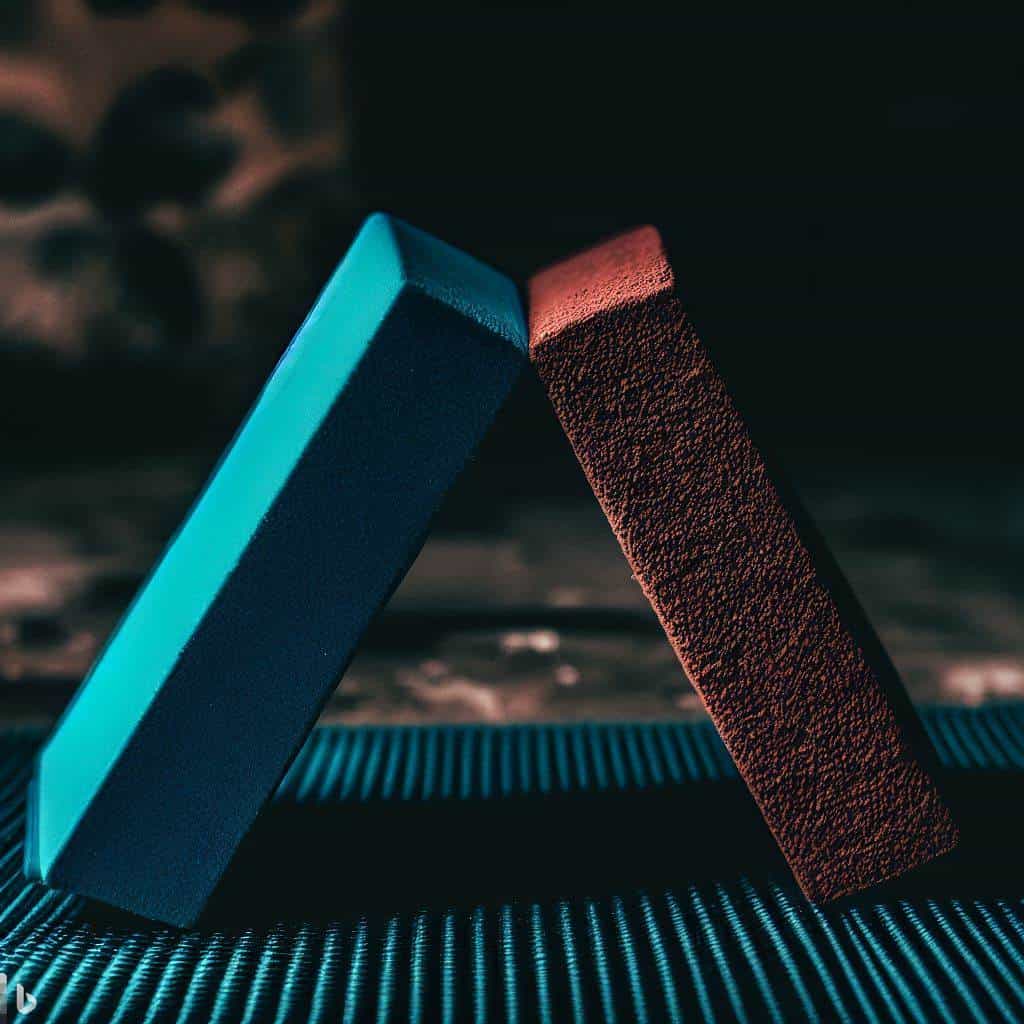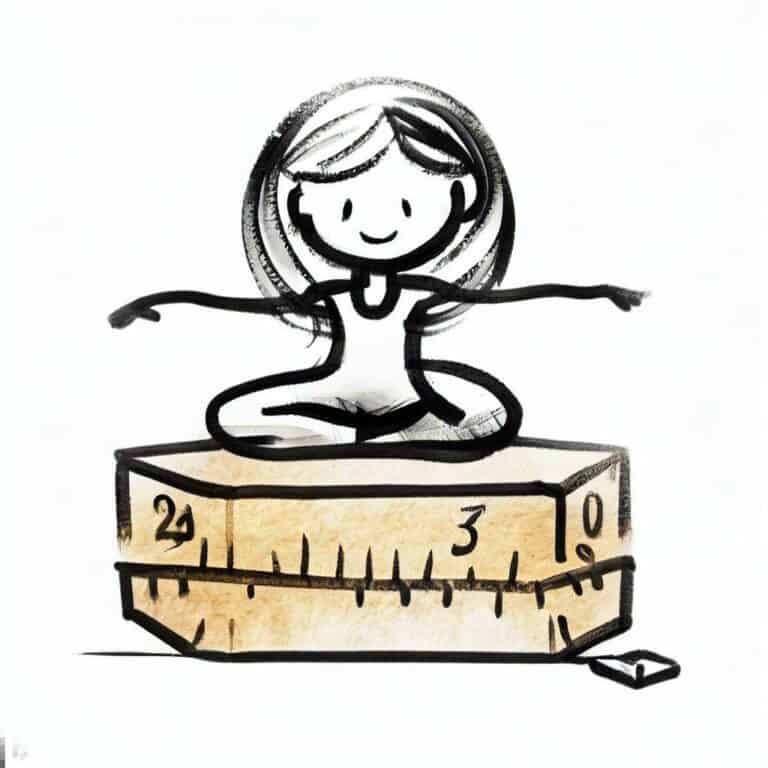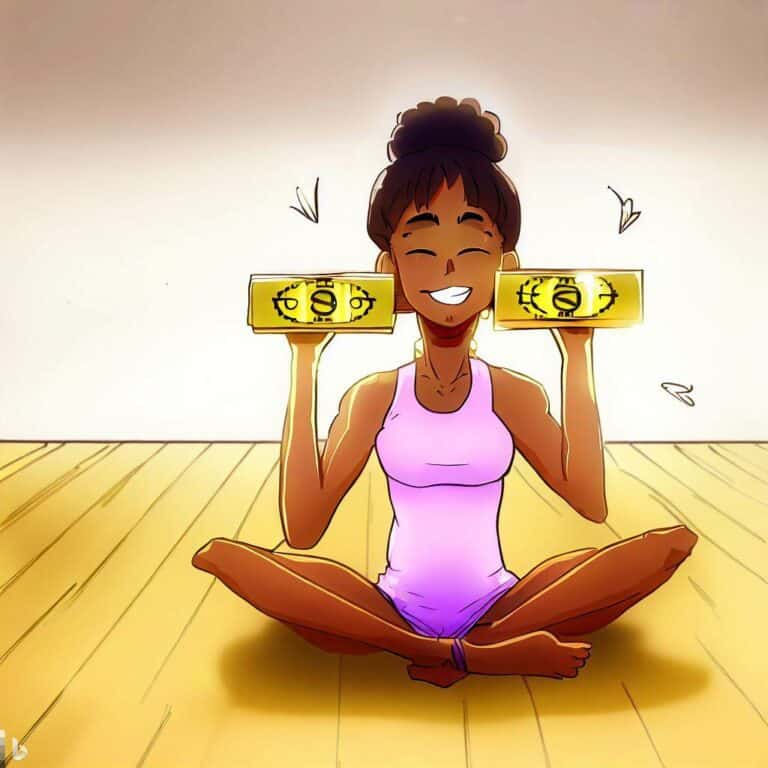Yoga block 1 or 2: The Versatility and Vitality of Yoga Blocks
As you delve deeper into the practice of yoga, you might come across an essential question: should I use one or two yoga blocks? With the wide array of yoga tools and equipment available, it can sometimes be a challenge to determine what you really need. Fear not! This guide is here to help you weigh the pros and cons of using one versus two yoga blocks, so you can make the best decision for your personal practice.

One Yoga Block
First, as we approach the question of 1 versus 2 yoga blocks, let’s discuss the advantages of having one yoga block.
Pros
- Versatility: A single yoga block can be a multi-functional tool in your practice. Whether you’re a beginner looking to enhance your flexibility or an advanced yogi aiming to deepen your poses, one block can often serve the purpose.
- Ease of Use: Handling one block can be easier, especially for beginners. It’s simple to maneuver and position according to your needs.
- Cost-effective: If you’re budget-conscious, starting with one yoga block can save some expense. You can always invest in a second block as your practice evolves.
Cons
- Limited Support: One yoga block may not offer sufficient support for certain poses. For instance, in reclining poses or certain standing poses, having a block under each hand can provide better support and alignment.

Two Yoga Blocks
Now, let’s consider the scenario of using two yoga blocks.
Pros
- Increased Support: Two yoga blocks offer more stability and balance, particularly for challenging poses. They can assist in maintaining proper alignment and form, reducing the risk of strain or injury.
- Deeper Stretches: Two blocks can facilitate deeper stretches and more advanced poses by providing support at different heights.
- Greater Versatility: Having two blocks allows for more variety in your practice. For example, you can use them to elevate your hips in seated poses or support both hands in standing poses.
Cons
- Cost: Naturally, buying two yoga blocks is more expensive than buying one. If budget is a concern, this could be a disadvantage.
- Portability: Carrying two blocks to and from class can be bulkier and less convenient. However, this may not be an issue if you’re practicing at home.
When to use one yoga block and when to use two yoga blocks
Now that we’ve covered the pros and cons of using one versus two yoga blocks, let’s dive into specific poses that can be enhanced with the use of these props.
Yoga Poses Using One Block:
- Triangle Pose (Trikonasana): Placing a block under your lower hand can provide added support and help maintain alignment in this pose.
- Half Moon Pose (Ardha Chandrasana): A block under your hand can provide balance and stability as you learn to open up in this challenging standing balance pose.
- Seated Forward Bend (Paschimottanasana): Sitting on a block can help tilt your pelvis forward, enabling a deeper forward bend.
- Bridge Pose (Setu Bandha Sarvangasana): Placing a block under your sacrum (the lower part of your spine) can turn this active pose into a restorative one, letting you focus on opening the chest and shoulders.
Yoga Poses Using Two Blocks:
- Supported Fish Pose (Matsyasana): Using two blocks—one under your upper back and one under your head—can create a deeper heart-opening stretch.
- Revolved Triangle Pose (Parivrtta Trikonasana): Placing a block on either side of your front foot can assist in keeping your balance and allow for a deeper twist.
- Pigeon Pose (Eka Pada Rajakapotasana): If your hips are tight, placing a block under each hip can support you in maintaining proper alignment and experiencing the stretch without discomfort.
- Crow Pose (Bakasana): Placing blocks under the feet can help those struggling to lift into the pose by providing extra height.
Remember, these are just examples, and yoga blocks can be used in many other poses depending on your individual needs and flexibility. Don’t be afraid to experiment and see where you might benefit from added support or lift in your practice!
So, do you need 1 or 2 yoga blocks? And why use two yoga blocks? The answer depends on your personal yoga journey. If you’re just starting out and getting accustomed to the different poses, one yoga block may be sufficient. As your practice grows and you venture into more challenging poses, you may find that two yoga blocks provide the extra support and depth you’re looking for.
Remember, the ultimate goal is not about how many yoga blocks you own, but about enhancing your practice in a way that is most beneficial for you. Don’t be afraid to experiment with different setups to see what works best. Yoga is a personal journey, and the tools you use should support your unique path.
Happy practicing!






